|
Over fifteen hundred pages of supporting documents have been submitted by six cities vying to become the new home of the National Championship Air Races (NCAR) after responding to a request for proposal distributed by the Reno Air Racing Association (RARA) earlier this year. RARA is looking for a new venue for the event after announcing its departure from Reno following the final race in September. The world-renowned event has contributed over $100 million annually in economic impact to the region, while also establishing itself as the global standard for air racing. The National Championship Air Races is the only event in the world to feature seven classes of exciting air racing action in one incredible venue. Six closed-course pylon contests and the immensely popular and entertaining STOL Drag combine to create a motorsport experience like no other. Seeing the interest to host the National Championship Air Races at each of these unique venues gives me great hope for the future of air racing,” said Fred Telling, CEO and chairman of the board for the Reno Air Racing Association. “We’re looking for our next home, somewhere we can celebrate many more anniversaries, so we’ve assembled an expert committee that is putting an extreme amount of care and diligence into choosing our next location.” The bidders that responded to the request for proposals include:
The committee researching the bid submissions is made up of RARA personnel from all areas, including operations, safety, security, business development, and more. The race classes are also represented in the group and will continue to be an integral part of the selection process. At this point, the selection committee is thoroughly vetting the different proposals and will conduct site visits later this year. There are numerous factors to consider, but a few of the critical requirements for the event include considerable open land available for the racecourses, suitable runways, ramp, and hangar space, administrative and security facilities, as well as proximity to hotels, commercial airports, and restaurants. “We only want to go through this process once and because of that, we’re going to make sure our next location is the best fit for the future of the air races,” said Terry Matter, board member and chairman of the selection committee. “Each of the bidders’ proposals were thoroughly prepared and completely addressed the RARA RFP requirements. We are so grateful for their initial attendance at the bidders’ conferences and at NCAR in September, and for the time and effort each one of them put into their proposal preparation. It is very exciting to know that our new home will be in one of these great cities. Soon our Site Selection Committee will visit these locations to further evaluate their ability to be the future host of the National Championship Air Races.”
A final decision is expected to be announced early next year as the organization prepares for a final air show in Reno in 2024 before moving to the new location in 2025. For more information and ways to support the organization, visit www.airrace.org. About the National Championship Air Races The National Championship Air Races are held every September just north of Reno by the Reno Air Racing Association, a 501(c)(3). The event has become an institution for Northern Nevada and aviation enthusiasts from around the world with seven racing classes, a large display of static aircraft and several military and civilian flight demonstrations. Independent economic impact studies show that the event generates as much as $100 million annually for the local economy. For more information on the National Championship Air Races, visit AirRace.org.
0 Comments
Daher has recently surpassed 500 deliveries of the TBM 900 series single turboprop. The milestone aircraft was handed over to a U.S. customer just ahead of NBAA-BACE 2023.
The TBM 900 was first introduced in 2014, following the production of 324 TBM 700s and 338 TBM 850s. The first of these aircraft—the TBM 700 initially developed jointly by Socata (formerly Morane-Saulnier) and Mooney—made its first flight on July 14, 1988. The more powerful TBM 850 first flew in 2005, shortly before Daher took a 70 percent stake in what had become Eads-Socata. It subsequently acquired the remaining 30 percent from Eads. Notably, the TBM 900 ushered in winglets and a Hartzell five-blade scimitar propeller, among other improvements to the turboprop. The family evolved through the 930 (2016, a higher-end version with Garmin G3000 touchscreen cockpit), the 910 (2018, similar to the 900 with G1000 NXi avionics), and the 940 (2019, a derivative of the 930 with autothrottle and, from 2020, the Homesafe emergency autoland system). Today the flagship is the TBM 960, which is powered by a PT6E-66XT turboprop with dual-channel digital electronic propeller and engine control. Following its unveiling in 2022, the TBM 960 has been a strong seller. Deliveries had reached 92 at the end of September, and more than 100 aircraft are on order. That equates to more than two years of production. BREAKING Ural Airlines A320 will attempt a take-off from the field where it landed, ran out of fuel10/5/2023 Ural Airlines A320 (reg. RA-73805), that will attempt a take-off from its current location, after the aircraft ran out of fuel and landed in a grass field on September 12th.
The airline confirmed the decision to make the Airbus A320 to takeoff form its current location The airline is awaiting the delivery of lifts to carry out landing gear testing. The plan also includes dismantling the seats to make the aircraft lighter. A potential solution to carbon-free flying is inching closer to reality. Since the start of this year, small planes equipped with hydrogen fuel cells have made their first test flights over the U.S. West Coast and the English countryside. The aviation startups ZeroAvia and Universal Hydrogen now claim their novel aircraft will be ready to start flying commercially as early as 2025. A new analysis suggests that, if the technology can scale, it could sharply reduce greenhouse gas emissions for certain planes — and potentially lay the groundwork for decarbonizing broader swaths of the global aviation market. Retrofitting a propeller plane with fuel cells and liquid-hydrogen tanks would result in a nearly 90 percent reduction in life-cycle emissions, compared to the original aircraft, according to the International Council on Clean Transportation (ICCT), a nonprofit think tank. That’s assuming the hydrogen is made using only renewable electricity —not with fossil fuels, the way the vast majority of hydrogen is produced today. Fuel cells work somewhat like batteries. On planes, hydrogen flows into the fuel-cell system and spurs an electrochemical reaction that produces electricity; this in turn drives electric motors and spins propellers. But barring a technological breakthrough, fuel cells can’t produce enough power to carry the large, long-distance aircraft that are responsible for the bulk of aviation’s carbon dioxide emissions. Instead, the tech will likely be restricted to short-haul, turboprop airliners that can seat roughly 50 to 60 passengers and fly just a few hundred miles, such as the distance from New York City to Washington, D.C. Today’s turboprops represent about 1 percent of global passenger traffic. Still, experts say fuel cells could help pave the way for larger and more powerful hydrogen models, including potentially jets with combustion engines that burn liquid hydrogen. Airbus and Boeing, the world’s top two aircraft makers, are both developing hydrogen technologies as the industry faces growing public pressure to address climate change. “The introduction of the fuel-cell aircraft will be the testing ground for just generally using hydrogen in aviation,” Jayant Mukhopadhaya, aerospace engineer and a Berlin-based researcher for ICCT, told Canary Media. “How will it work at airports, how is the refueling going to happen, how does hydrogen get delivered, what safety concerns you’re going to have — all of those bits and pieces.” Why hydrogen is gaining favor Around the world, commercial air travel accounts for over 2 percent of energy-related CO2 emissions, according to the International Energy Agency. That number is set to soar in the coming years as more oil-burning planes and more passengers hit the skies. In the near term, airlines and plane manufacturers are working to curb emissions by designing more fuel-efficient engines, electrifying ground operations and increasing their use of “sustainable aviation fuel” made from used cooking oil, forestry residues, carbon dioxide and other feedstocks. Last year, alternative fuels accounted for less than 0.1 percent of the total jet fuel used by major U.S. airlines. Although plant- and waste-based fuels can be cleaner to produce than petroleum-based fuel, they still emit carbon dioxide when burned in engines. Hydrogen does not — that’s why airlines and manufacturers are joining efforts to develop H2-powered aircraft. Fuel cells in particular don’t generate harmful nitrogen oxides or fine particulate matter, since they don’t burn fuel. A retrofitted fuel-cell aircraft would emit about one-third less CO2 over its lifetime than an aircraft burning “e-kerosene,” a type of sustainable aviation fuel made from electricity, water and carbon dioxide, according to the ICCT analysis. Hydrogen, especially of the “green” variety, costs significantly more to make and buy than conventional kerosene. However, because fuel-cell systems are far more energy-efficient than engines, aircraft don’t need to use as much fuel to fly. If green-hydrogen production ramps up and fuel-cell aircraft catch on, it could be cheaper to refuel with H2 than fossil jet fuel in the United States in 2050, the ICCT said in a white paper published on Wednesday.
“The most surprising part was the [energy] efficiency impacting the price of fuel,” Mukhopadhaya said. “That was something we weren’t expecting.” Hydrogen aviation takes first flightsZeroAvia and Universal Hydrogen, both headquartered in California, have spent the first half of 2023 testing and demonstrating some of the world’s first hydrogen fuel-cell aircraft. In January, ZeroAvia first launched its 19-seat prototype plane at Cotswold Airport, a private airfield near the English village of Kemble surrounded by farms and grazing sheep. The blue-and-white Dornier 228 has now flown 10 times, hitting key milestones and enabling the company to begin the next phase of flight testing. ZeroAvia, which has raised over $140 million from investors including United Airlines and American Airlines, retrofitted one side of its twin-engine turboprop with fuel cells and batteries, which can reach a maximum power of 600 kilowatts. The other side kept its oil-burning jet engine. Over the course of six months, the aircraft reached a maximum speed of 150 knots, flew to a height of 5,000 feet and performed an endurance test for 23 minutes. “There was no malfunction of the fuel cell during the flight-test campaign,” Gabriele Teofili, ZeroAvia’s head of aircraft integration and testing, said on a recent call from the airport’s hangar, tilting his laptop to show the prototype parked behind him. Teofili said the company successfully demonstrated to the U.K. Civil Aviation Authority that the hydrogen-electric system behaved as expected — and that the aircraft has enough range to fly to another nearby airport. ZeroAvia is now preparing to begin its first cross-country flights in England before the end of this year. It’s also working to retrofit a second regional turboprop in Washington state, in partnership with Alaska Airlines. “The idea is to demonstrate that it’s not only possible, but it’s safe, it’s reliable, and it’s profitable,” Teofili said of the hydrogen aircraft. He noted that ZeroAvia plans to shed the batteries and engines that it’s using during testing to deliver a final aircraft powered only by a 1.8-megawatt fuel cell. The company claims it’s on track for commercial operations in 2025, starting with a nine- to 19-seat aircraft with a 300-mile range. Meanwhile, Universal Hydrogen says it’s making progress on an even bigger retrofitted turboprop. The company has raised at least $82.5 million from investors such as GE Aviation, American Airlines and the venture capital arms of Airbus, JetBlue and Toyota. In March, the Los Angeles–based startup launched its first test flight from a small airport near Moses Lake, Washington. Its 40-passenger Dash 8 prototype has one original engine, plus a 1.2-megawatt fuel cell and 800-kilowatt electric motor, with no batteries. Mark Cousin, Universal Hydrogen’s CTO, said the aircraft has flown nine total times, including a series of trips from Washington down to Mojave, California, where the plane now resides. The prototype climbed up to 10,000 feet high, hit speeds of 170 knots, and operated for more than an hour in flight. The company is continuing to test key elements of the hydrogen powertrain, including the cooling system that keeps the fuel cell from overheating — a challenge that can limit the technology’s performance and range. Universal Hydrogen is also preparing to ground test a 2 MW powertrain on an ATR 72 turboprop, which could begin flight-testing in 2025, Cousin said. The company aims to enter a hydrogen-fueled aircraft into passenger service later that year or in early 2026. Both ZeroAvia and Universal Hydrogen are using hydrogen in its gaseous form to power fuel cells during flight testing, though the companies plan to use liquid hydrogen eventually. The fuel is less widely available today, but it packs more energy on a volume basis than gaseous H2 and can be stored in fewer, lighter tanks on the aircraft. Along with retrofit conversion kits, Universal Hydrogen is also developing liquid-hydrogen storage capsules. The idea is to collect hydrogen from electrolyzer plants, which use water and renewable electricity to produce “green” hydrogen — and today remain few and far between. Trucks or trains would then transport the capsules to airports. Cousin said the company’s ultimate goal is to convince airlines and major airplane manufacturers that it’s possible to develop the necessary infrastructure for powering larger hydrogen-burning aircraft. Airbus, for instance, is building a demonstration engine to test hydrogen propulsion in one of its A380 superjumbo jets. “The real objective is to demonstrate not only that we can fly a [turboprop] on hydrogen, but also to demonstrate that hydrogen propulsion…is a viable solution for short- to medium-range operations,” he said. Two passengers on an Air Canada flight were reportedly escorted off an airplane for refusing to sit in wet, vomit-covered seats. Susan Benson was fellow passenger on the same Aug. 26 flight from Seattle to Montreal sitting near the vomit. She shared the incident in a now-viral Facebook post to hold the airline accountable because she felt it was unfair to the passengers. "There was a bit of a foul smell but we didn’t know at first what the problem was,” Benson wrote in the post. “Apparently, on the previous flight someone had vomited in that area. Air Canada attempted a quick cleanup before boarding but clearly wasn’t able to do a thorough clean.” According to Benson, the seatbelt and seat were still visibly wet and there was vomit residue around the seats. The smell of vomit mixed with the scent of perfume and coffee grinds, which were put in the seat pouch to mask the smell. The passengers flagged down a flight attendant to tell her they couldn’t sit in those seats for the five-hour flight, calling the incident “unacceptable,” Benson told USA TODAY over the phone. “The passengers were clearly upset and clearly bothered,” Benson said. “They were not rude, not yelling, not belligerent. They were firm and just insistent that she couldn’t sit in that.” According to Benson, the flight attendants were “extremely apologetic” and said, “it was a miscommunication with the cleaning crew the night before and the seat didn’t get cleaned properly.” They also told the passengers there was nothing they could do because all the seats were full. After some back and forth, the passengers were given blankets, wipes and more vomit bags and settled in for the flight. Security came soon after and escorted the women off the flight. “Air Canada literally expects passage (sic) to sit in vomit or be escorted off the plane and placed on a no-fly list!” Benson wrote.
The flight ended up being 31 minutes delayed but made it to Montreal safely. Benson told USA TODAY that she posted details of the incident online to hold Air Canada accountable so “they would do something about it.” She feels as if the airline treated the passengers unfairly. Air Canada did not respond immediately to USA TODAY’s request for comment but shared a statement with Insider saying, “We are reviewing this serious matter internally and have followed up with the customers directly as our operating procedures were not followed correctly in this instance. This includes apologizing to these customers, as they clearly did not receive the standard of care to which they were entitled and addressing their concerns.” “I really hope they actually do something and not just say they do to keep the peace,” Benson said. “(The passengers) weren’t unreasonable at all in my opinion.” The Las Vegas Air Races, a new aviation experience, has been announced for fall next year.
The Las Vegas Spaceport announced that the motorsport event is planned for Oct. 25-27, 2024, at its facility near Pahrump. Organizers say the Las Vegas Air Races will feature aircraft reaching speeds of up to 500 miles per hour in an "up-close and thrilling encounter." More than 500 vendors will showcase products, and the event will be designed to accommodate more than 25,000 people. There will also be drone races, rocket launch demonstrations and live music. "Ensuring safety is paramount as we execute our plan to draw visitors to the Las Vegas Spaceport and establish our brand," Robert Lauer, CEO of the Las Vegas Spaceport, said in a statement. "Our upcoming Air Races event in the coming year will serve as a demonstration, not only for the FAA but also for the public, reaffirming our unwavering commitment to safety compliance. The announcement comes as the Reno Air Races approaches its final edition later this month. Organizers cited the significant growth in the North Valleys region where the event is held as the reason for sunsetting the event. We’ve all made mistakes on the job. Luckily, our mistakes don’t often put us in an almost certain death scenario that we narrowly escape from, becoming a legend of the aviation community in the process. However, one man that did exactly that is Walter “Taffy” Holden in his infamous flight in 1966. An engineer by trade, Holden joined the cadets to go to university in 1943, where he gained a mechanical engineering degree. He gained minimal experience in small, single-engine aircraft during training, in which he flew a biplane and then did some training in a propeller aircraft called the DHC-1 Chipmunk. While Holden did gain his pilot wings, he continued to pursue engineering and became in command of the No. 33 Maintenance Unit of the Royal Air Force (RAF) at RAF Lyneham by 1966. As such, his only experience was in tiny, slow, and simple aircraft – nothing of which prepared him to fly one of the fastest jet fighters of the generation.
Holden's unit maintained their premier jet fighter, the English Electric Lightning F.1. Powered by two huge engines and built to travel in straight lines at speeds of up to Mach 2 (2,470 km/h, 1,535 mph), the Lightning was an incredible feat of engineering. It had afterburning engines (that’s the jet of fire you see coming from the back of supersonic jets) and was the first jet able to supercruise, meaning it didn’t even need these afterburners to sustain supersonic flights. Essentially, this jet was seriously, seriously quick. On that fateful day, Taffy was working on the jet, trying to replicate an electrical problem that occurred when the plane whirred up to speed. He climbed into the cockpit to press the throttle a bit – however, in doing so, he depressed the throttle so much, it engaged the afterburners, causing a surge in power that saw hurtling down the runway. No problem, right? Just power down the engines. Except this jet in question had locking gates on the throttle once the afterburners were engaged, and Taffy wasn’t trained on how to release them. Someone had luckily told him prior to the maintenance, but he was going too fast and there was another plane that he had to avoid in front of him – he had to make a snap decision, and he chose to take off. Equipped with no helmet, no communications with someone that actually knew how to fly the thing, and landing gear locked in the down position, Taffy blasted through the runway and narrowly avoided the other aircraft before leaving the ground. He tried to eject, but the ejection seat was in service mode, so he was stuck inside. He managed to disengage the engines and turned the jet around, trying to land on a different runway. The first attempt was not going to end well so Taffy aborted, and he also aborted the second attempt. Finally, he managed to come in at the right angle and go slow enough to touch down, where he then used a maneuver called the “taildragger” in which he slammed the aircraft's tail down onto the runway; he had learned this from single-seat aircraft, though it is certainly not ideal for the Lightning. Taffy climbed out and reportedly said “terribly sorry Sir” - perhaps the most British reaction possible. The aircraft was repaired and returned to service, and now lies fully intact in the Imperial War Museum in Duxford. Taffy was found to have acted in the best interests of himself and the aircraft, and stayed in the RAF until retiring many years later. He died in 2016, aged 90, leaving behind the ridiculous and much-loved story of an engineer that accidentally flew a jet. Modern avionics have made navigation the least of the concerns for any pilot, with computers giving precise route coordinates. Still, how did aircraft navigate before the Global Positioning System GPS became a standard navigation tool? Aircraft used different methods to navigate pre-GPS, including dead reckoning, celestial navigation, and more. The historyWhen aircraft first took to the skies in the 1900s, flights would use visual aids for all navigational purposes, with very little in the way of hardware. However, with the entry of aircraft into military use, flying at higher altitudes and longer distances, accurate navigation became essential for any flight. Of course, planes could use onboard radios to communicate with the ground, receiving instructions from the ground crew. Even though this was workable during takeoff and landing, radios had a limited range in terms of distance, meaning communication became impossible once aircraft were a few hundred miles away. Instead, crews used several manual ways to calculate their position. Celestial navigation was a standard method of finding a plane's location, where navigators would use a bubble sextant to calculate the aircraft's position relative to the sun, moon, or stars. This method was used until the jet age in the 1960s, with early Boeing 747s even having a sextant port on the cockpit roof. Dead reckoning was another common navigation method on long flights. With this process, navigators would use previously known positions to estimate the plane's current position using speed and flight time. While the weather could hamper these estimates, it was a relatively accurate way to calculate the plane's location. To better provide information while in flight, ground bases would use a system known as long range navigation (LORAN). Two land-based radio transmitters would send each other signals at a set interval, allowing plane navigators to use the time difference to find their exact location. While this was an ideal solution, weather and frequency disruptions could easily distort the transmission, leaving the crew with unreadable data. On commercial aircraftPlanes have been flying commercially since the early 20th century, but GPS has only come into active use in the last two decades. Prior to using GPS as we know it, modern aircraft had a number of other tools at their disposal. Some may recall that flight decks previously used to have navigators onboard, a person dedicated to tracking the aircraft's route and radio communications. This was mainly found on long flights over the ocean, where radar contact could be lost, and fewer diversion airports were available. Modern avionics, and a push to reduce inflight crew, have resulted in these navigators now no longer being needed on commercial flights. Air Force One, which is a modified 747-200, interestingly still has a navigator in the cockpit due to the aircraft's age. It remains one of the last commercial-made planes to have one, although some military aircraft still use navigators too. Prior to the jet age, some aircraft used a radio-based system known as Very High Frequency Omni-Directional Range (VOR) flying. In this system, aircraft would receive communications from fixed ground beacons, allowing it to continue its flight path and find its position. This navigation method was quite reliable in areas with radio coverage and continued to be in use until GPS became the norm. The beginning of the jet age also marked the introduction of a new navigation method: inertial navigation systems (INS). The INS phased out older celestial systems, relying on highly sensitive motion and rotation sensors instead. This marked the first use of partially-computerized navigation sensors, a trend that would continue until GPS became standard on all flights. The INS systems also made aircraft navigators mostly redundant, which is why no modern aircraft has a navigators seat. The introduction of the inertial navigation system revolutionized flight navigation, allowing pilots to follow set flight paths based on their current positions and take the guesswork out of the calculations. The advent of GPSGPS, or Global Positioning System, actually came into operation well before it became a mainstay in all cockpits and mobile devices. GPS was initially created for military purposes only, with the project starting in 1973 and the first satellite launching in 1978. However, in 1983, President Ronald Reagan signed an executive order allowing passenger aircraft to use the system once it was fully operational. The reason to allow GPS for commercial use was due to the recent Korean Air Lines crash in 1983. KAL007 crashed after it was shot down by Soviet fighter aircraft due to the plane mistakenly entering Soviet airspace on its way to Seoul. In response to the crash, the US authorized the use of GPS for flights to provide for more accurate navigation. In February 1994, the FAA authorized the use of GPS on aircraft, setting up the next generation of aircraft navigation. Soon after, GPS became available for mobile devices too, which is what makes Google Maps and flight tracking software work. A long journeyAll in all, the Inertial Reference System (IRS) is the primary navigational system in a plane today. The self-sufficient process doesn't need any external input to know where it is across the skies. It doesn't consist of any physical leveling and utilizes mathematical algorithms to ensure the accelerometers are constantly in line with the horizon.
Aircraft navigation has come a long way from pilots flying with little information to having everything on a screen before them. While older methods of navigation are gone from the cockpit, pilots still learn many older tools. Dead reckoning continues to be taught to pilots, even if they fly aircraft with GPS. This is because technology can fail, forcing pilots to manage the aircraft manually. Despite being integral to global air operations for decades, GPS isn't full-proof. For instance, just last month, Qantas crews had been experiencing radio interference and GPS jamming in the Asia-Pacific. Moreover, the pilots had been instructed to fly through these disruptions. While these incidents didn't result in any catastrophes, they highlight the challenges that remain for commercial operators across the skies. Aircraft navigation continues to evolve even today. Companies are already developing the next generation of technology to allow for autonomous flight. There will undoubtedly be major transitions in this field over the next decade. What do you think about older navigation methods and how pilots managed their operations before the advent of GPS? What will be the next breakthrough in the aviation industry? Let us know your thoughts on the overall prospects in the comment section!
While officially retired in 2008, the F-117 Nighthawk have continued to fly, unofficially, from Tonopah Test Range (TTR) airfield in Nevada. As explained in a detailed story, back in 2014, after a few videos and photographs had already appeared online, the U.S. Air Force admitted that the Nighthawk was kept in a “Type 1000†storage at TTR which meant that the type is had to be maintained until called into active service. Desert conditions of Nevada are perfect for maintaining the stealth jets in pristine conditions (due to the low level of humidity and hence, lower probability of corrosion), hence the reason to operate the enigmatic aircraft from TTR.
In July 2016, we published a video showing two F-117s flying together, filmed from the distant hills east of Tonopah Test Range, then, in 2017, the U.S. Air Force announced the decision to retire the fleet permanently, once and for all. In fact, “in accordance with the National Defense Authorization Act of 2017, passed Dec. 23, 2017 the Air Force said it would remove four F-117s every year to fully divest them. However, the aircraft continued to be spotted, even more than it had happened until then, with the Nighthawks also deploying to several U.S. bases to carry out Dissimilar Air Combat Training with other U.S. types. Until 2021, when the U.S. Air Force published the first official images of the type still involved in flight operations on the DVIDS (Defense Visual Information Distribution Service) network.
Anyway, it’s no longer a secret that 15 years after being officially retired, the F-117s are being actively used not only for training purposes as adversary aircraft and cruise missile surrogate, but also for research, development, test and evaluation. As a consequence, they continue to be spotted as they fly their missions across the U.S., as happened on Friday Apr. 21, 2023, when aviation photographer Alex filmed two Nighthawks flying low level over the Eastern Sierras on the famous Sidewinder low level route.
“I believe this is the lowest they have been observed flying along the low level route,†Alex told us in a message. “I was blown away when I heard them call on the radio, and even more amazed to watch them fly past.†Take a look by yourself at the incredible footage Alex posted: No panic and immediate wind speed and direction call outs. That ground crew has been around the block. |
Send us an email at [email protected] if you want to support this site buying the original Division of Aero Patch, only available through this website!
All
|
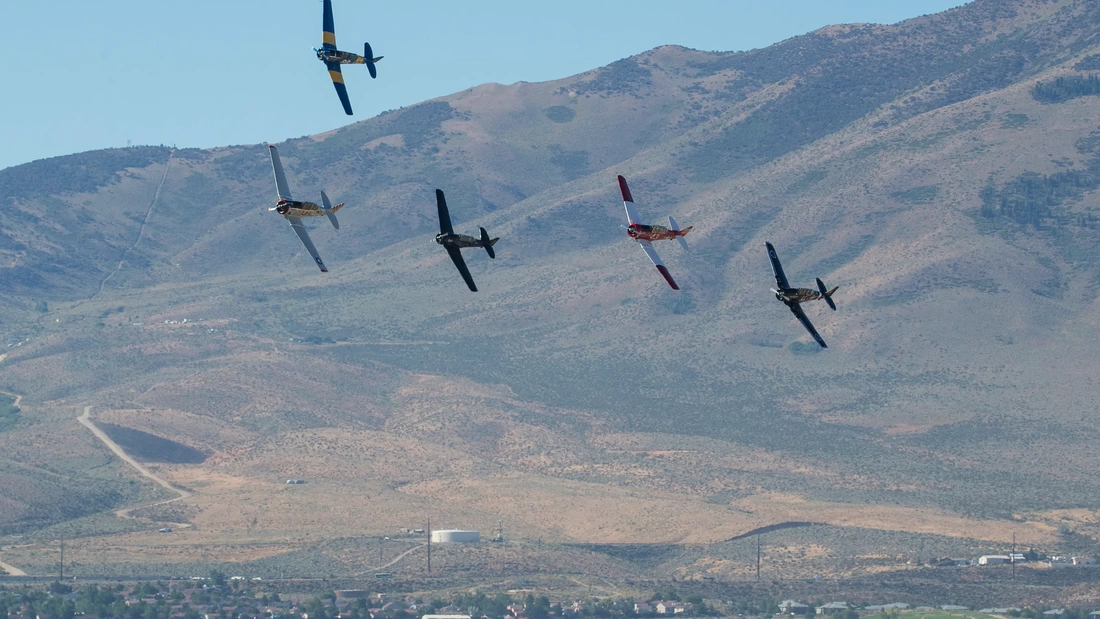
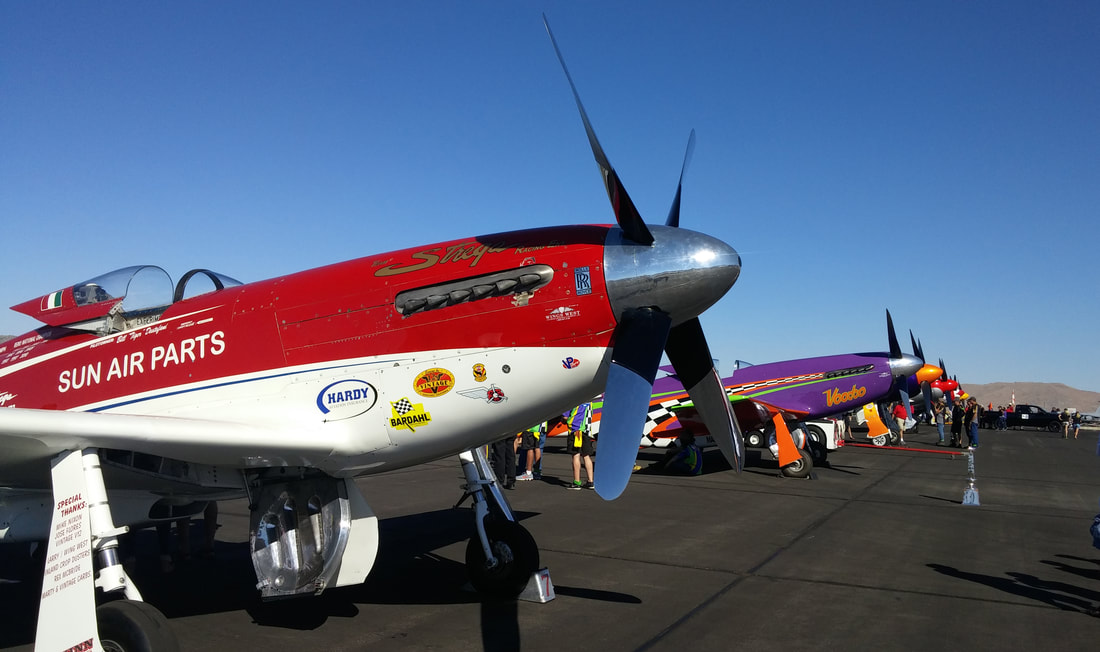
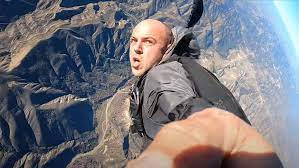
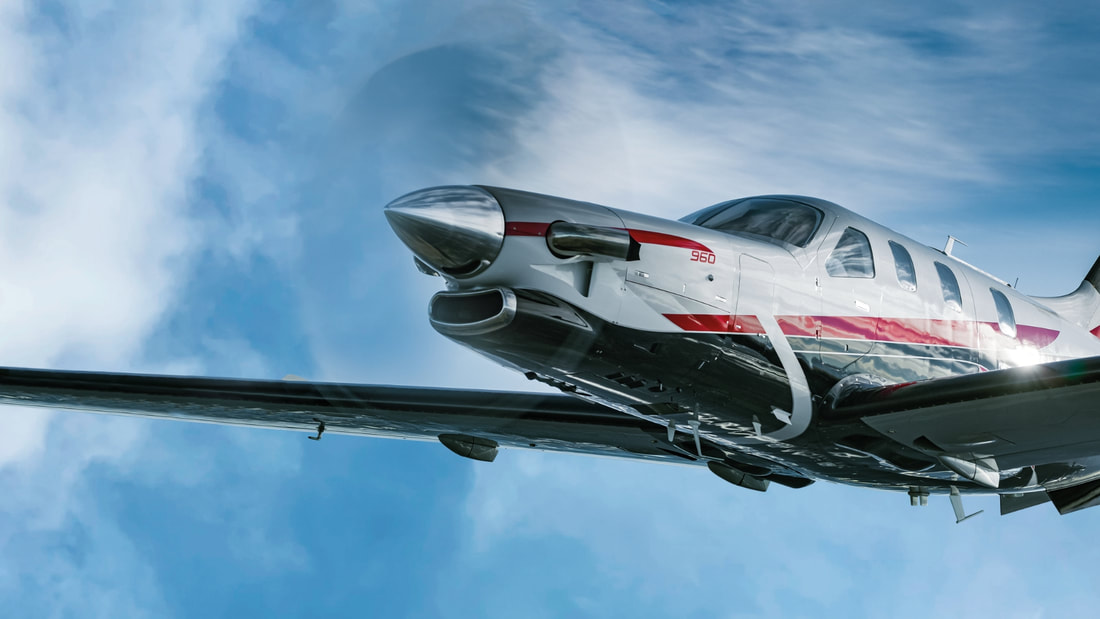
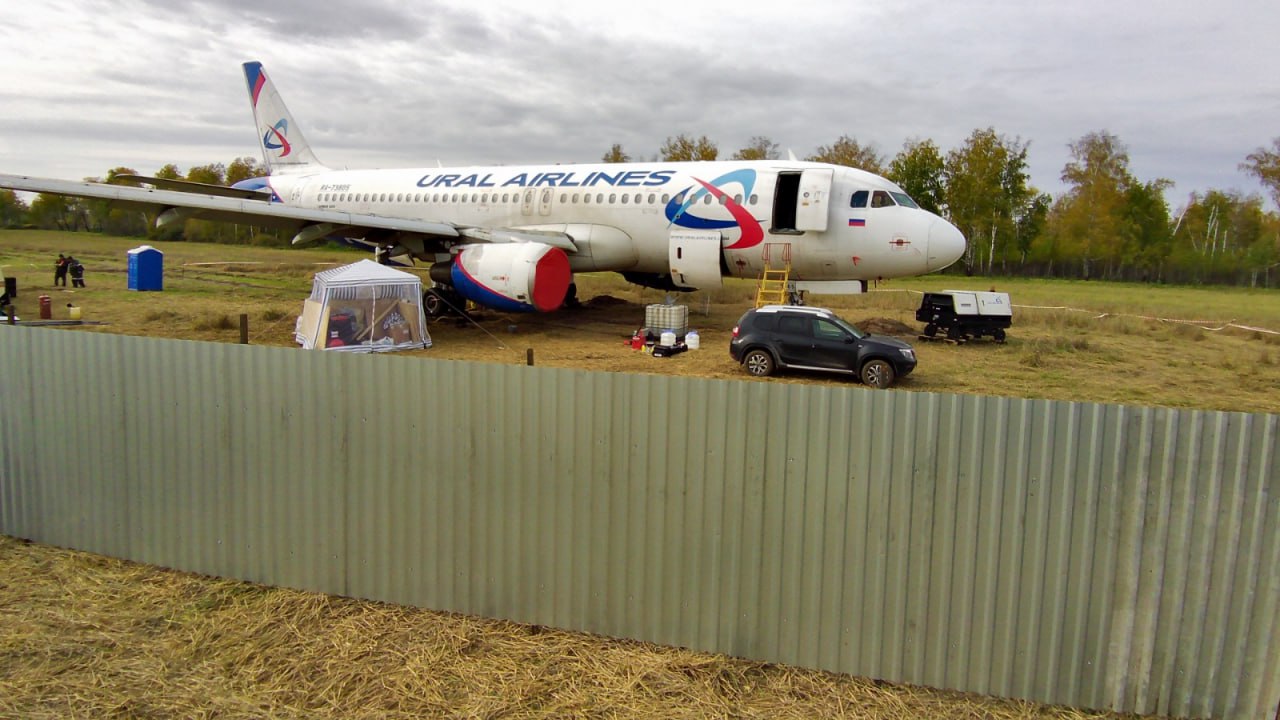
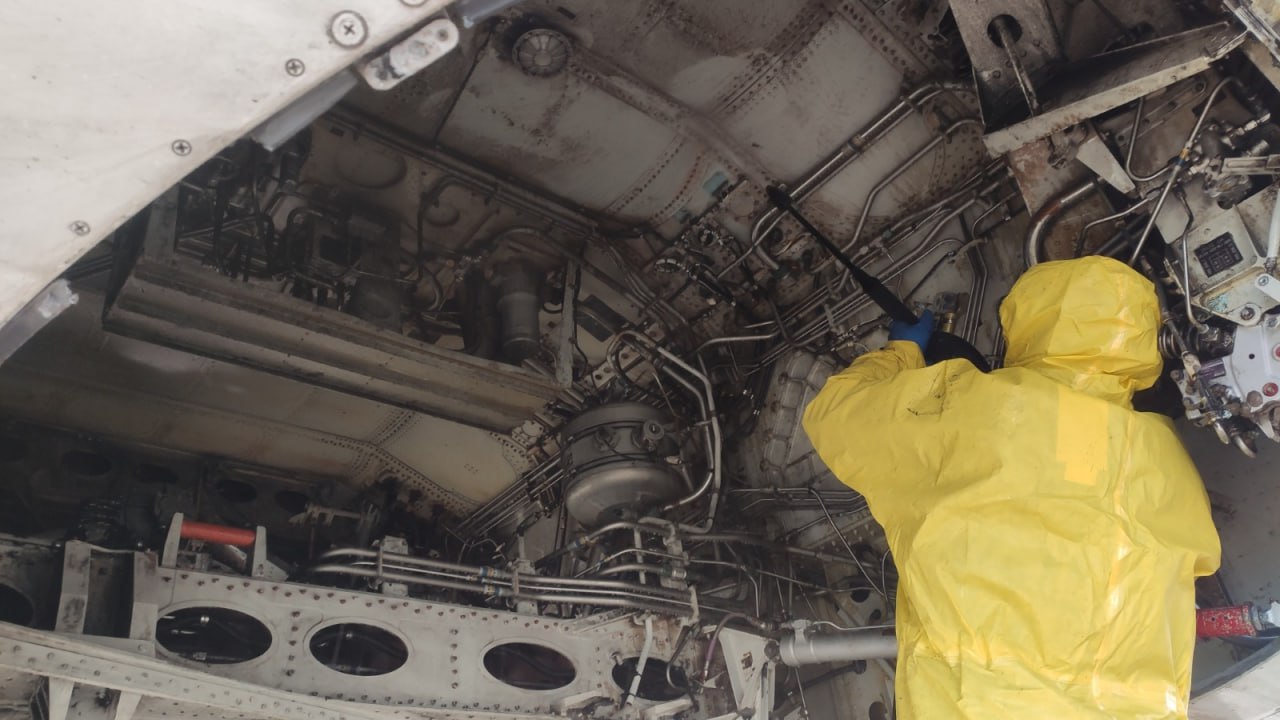
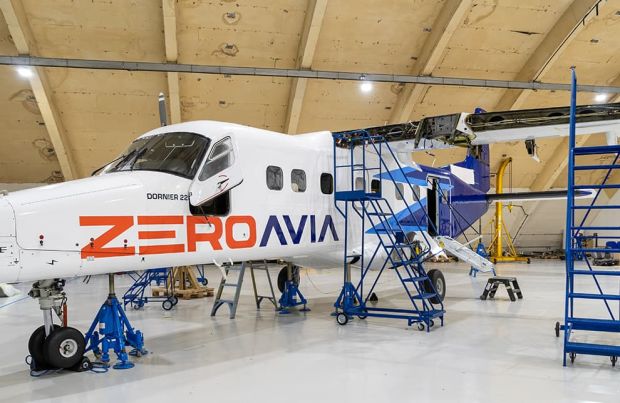
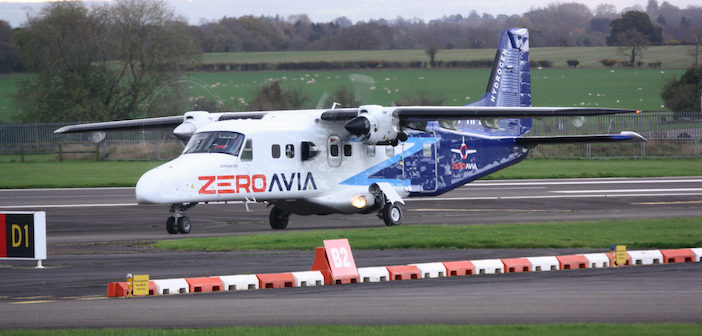
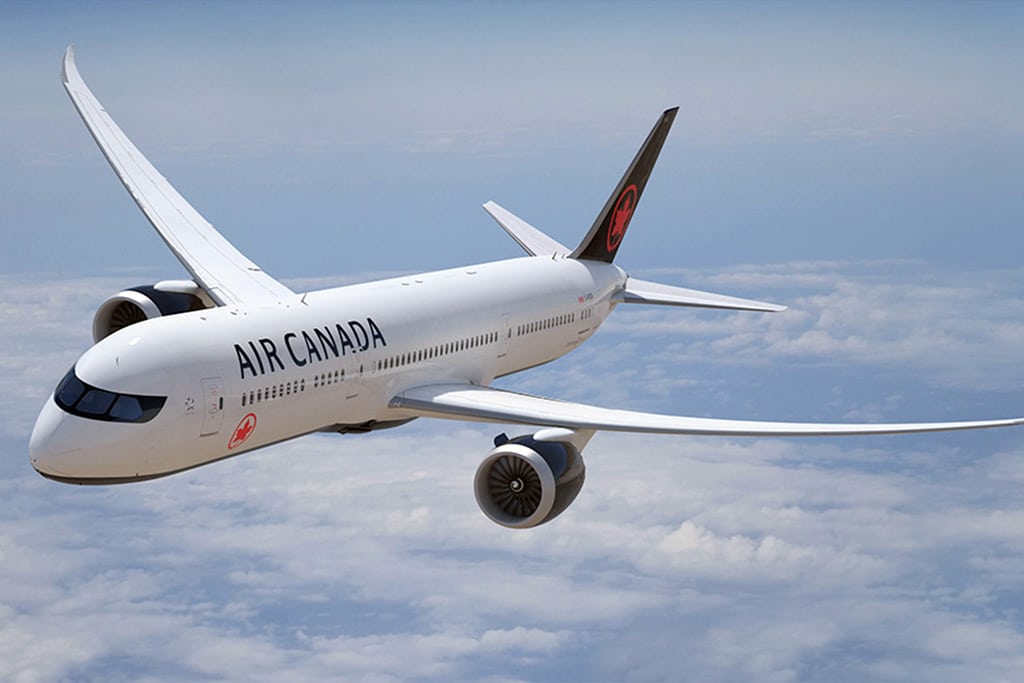


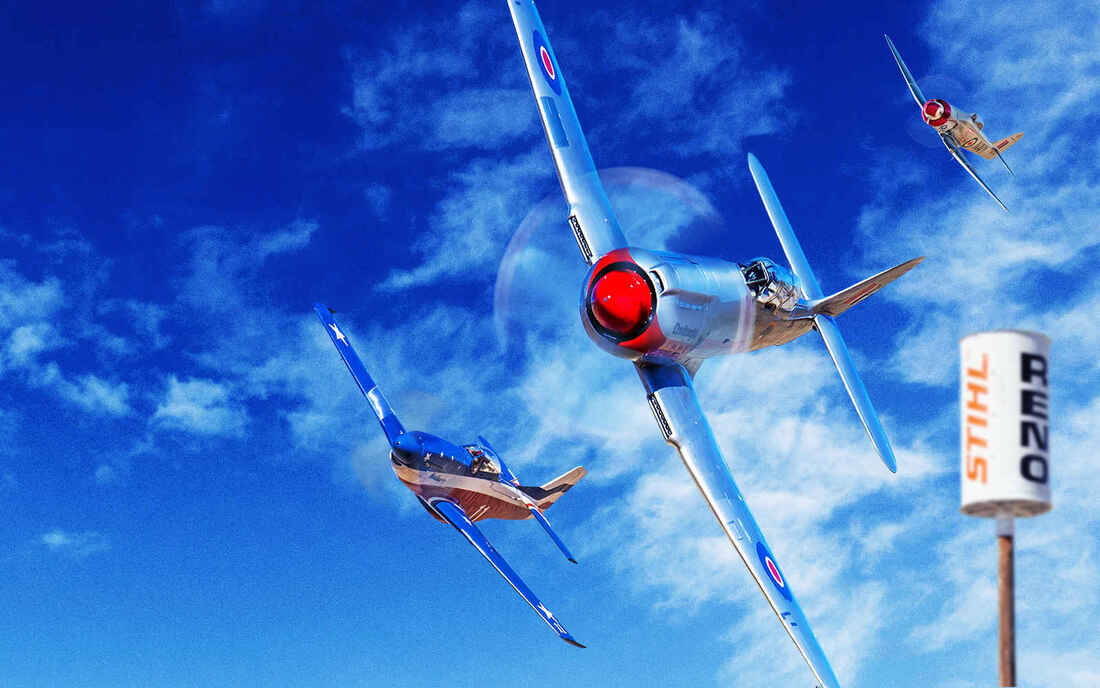

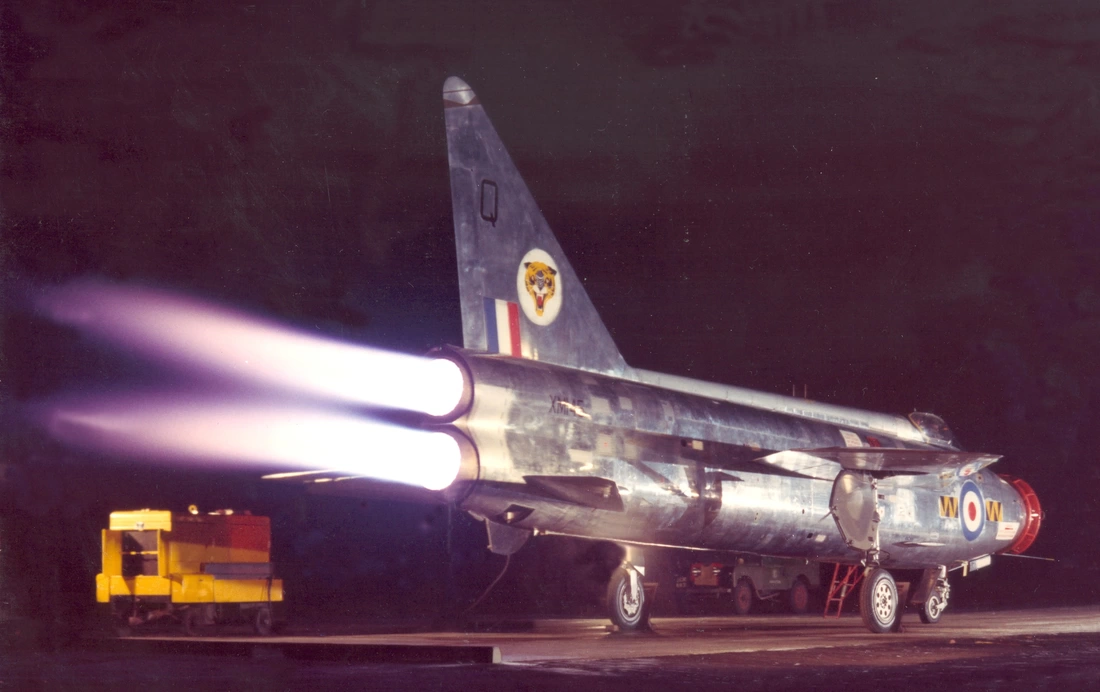
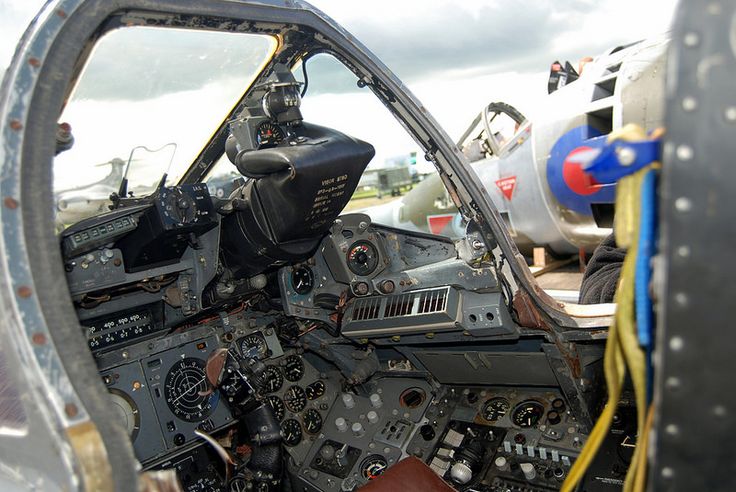
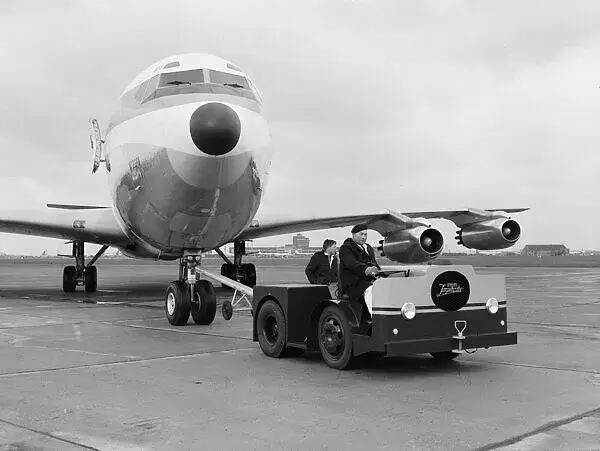
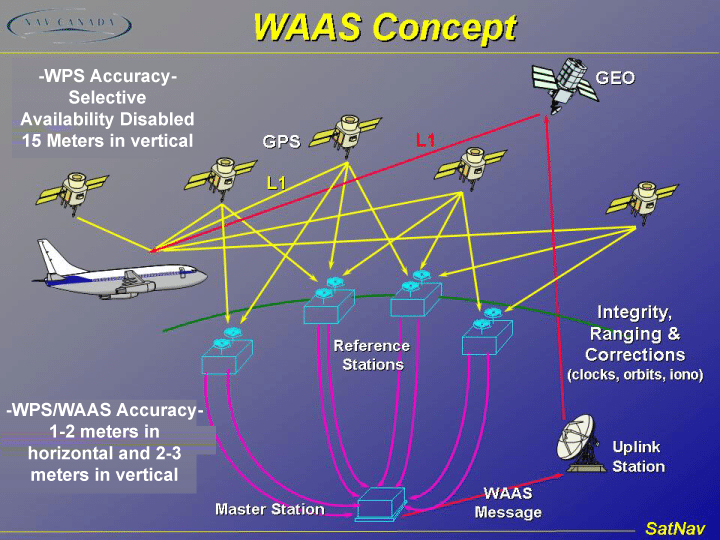
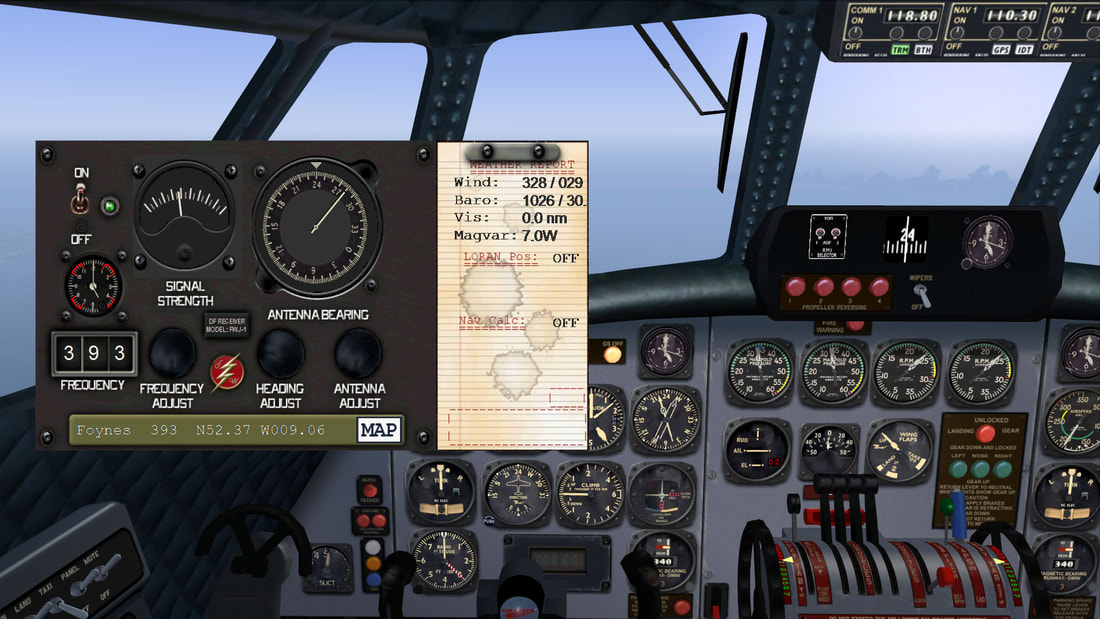
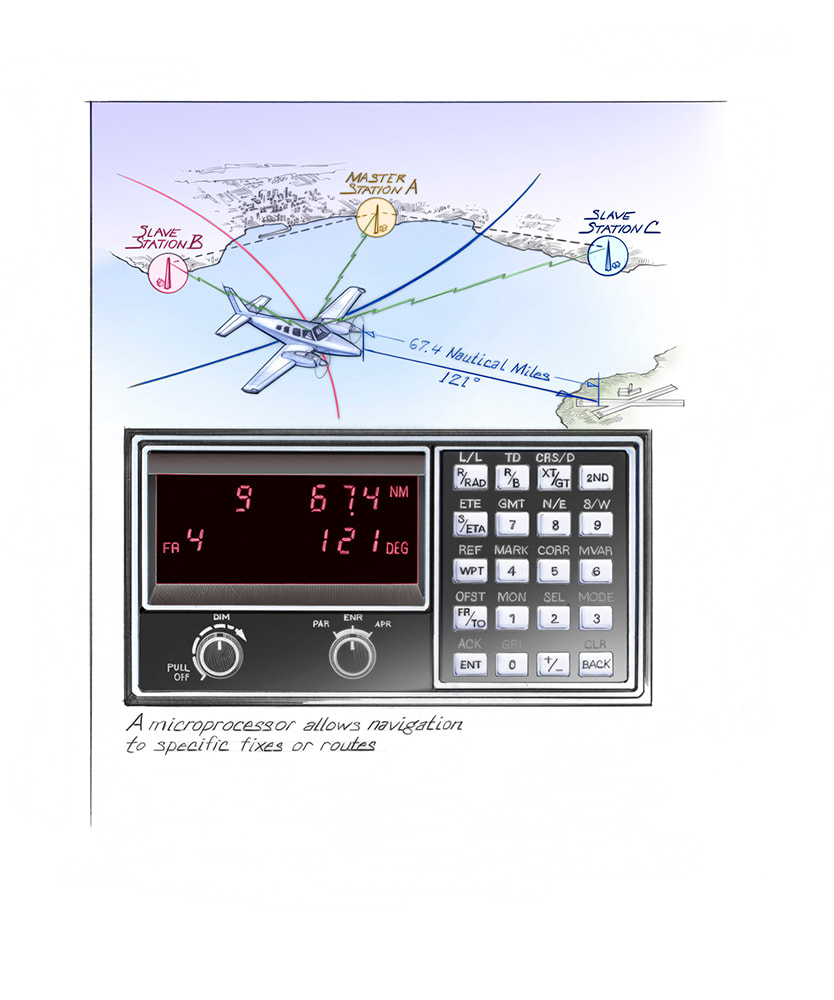
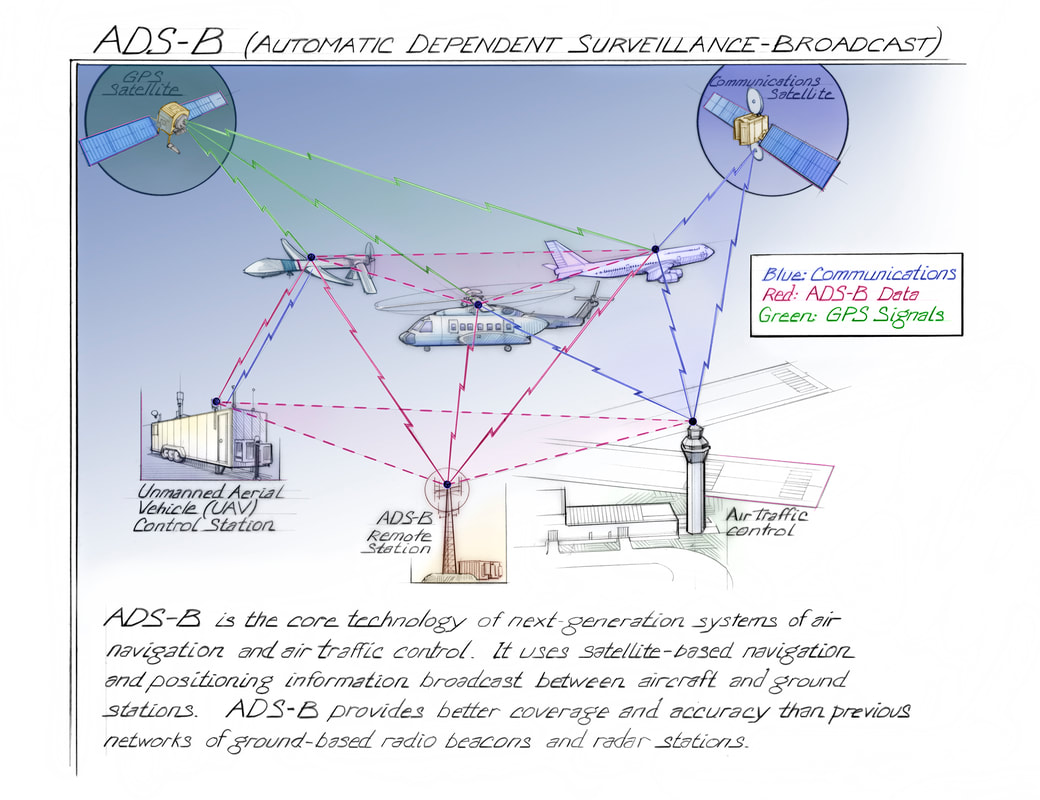
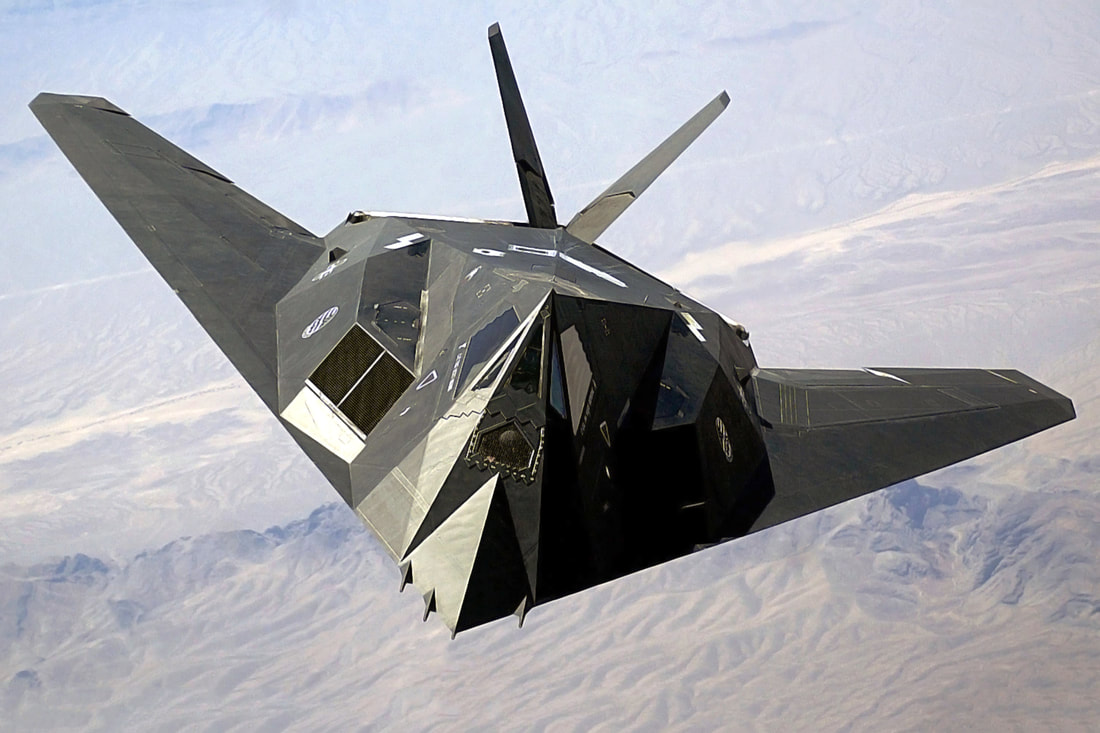
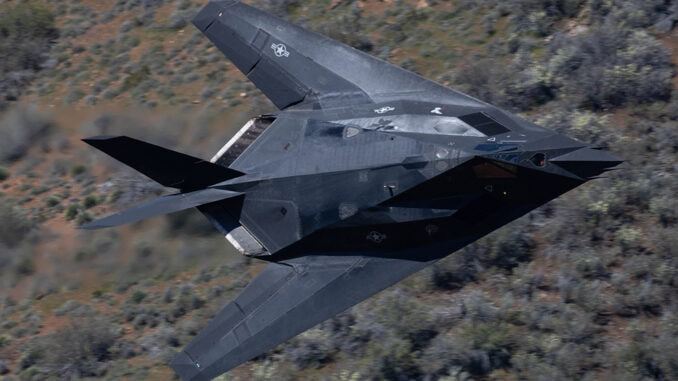
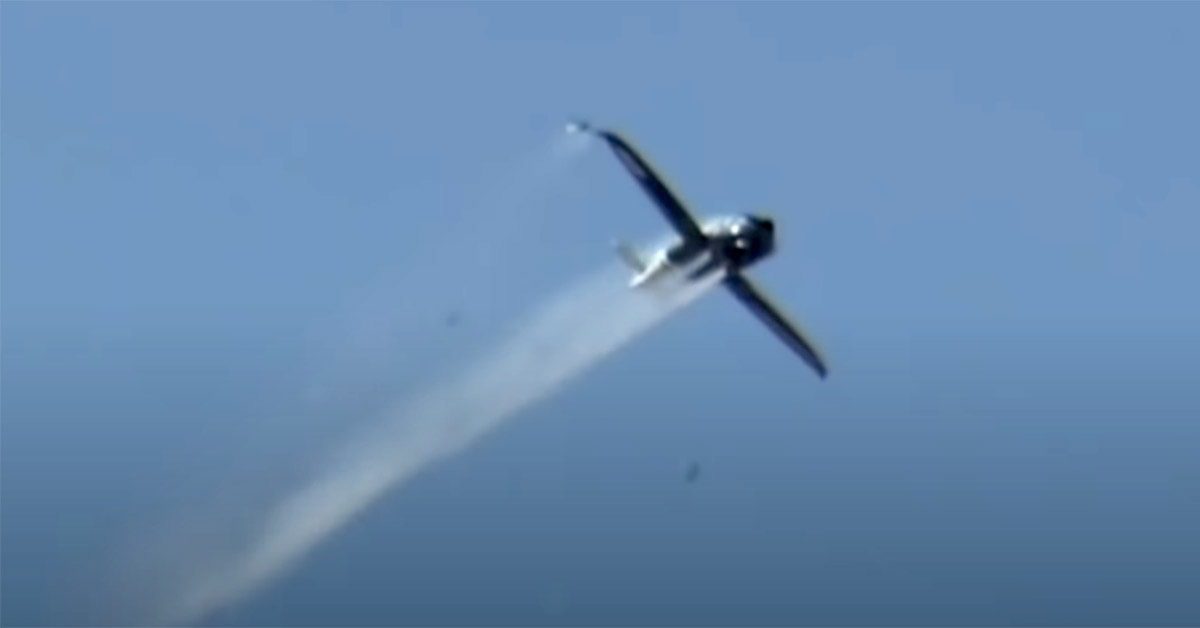

 RSS Feed
RSS Feed